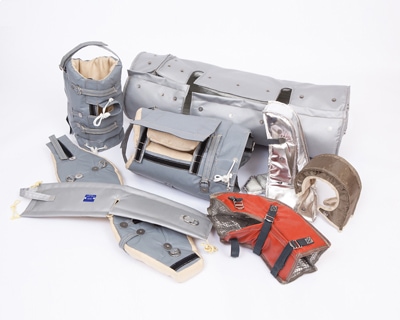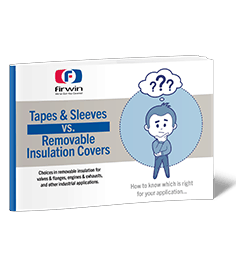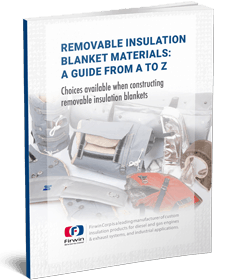An object’s ability to resist flowing heat can be measured by its thermal resistance or R-value. An object’s R-value is directly proportional to its effectiveness as an insulator-the higher the R-value, the better it insulates.

R-value can be influenced by a wide range of factors, including the type of insulation used, thickness, density, temperature, and aging. It’s also determined in large part by an object’s C and K factors (see below), which represent other aspects of its ability to resist heat. Having some knowledge of all of these variables can make all the difference when searching for the best material for your specific insulation application.
C Factor
The C factor (or Thermal Conductance Factor) measures the quantity of heat that passes through a foot of a given material. Unlike the R value, it’s inversely proportional to its strength as an insulator—the lower the C factor, the better an object insulates. The C factor is closely connected to an object’s thickness, increasing with thinner materials and decreasing with thicker materials.. As a result, an object with a low C factor is ideally suited to material insulation.
K Factor
K factor represents a material’s ability to conduct heat as measured by the total volume of heat that passes through one square foot of one-inch-thick material in one hour. Since a lower K factor is directly tied to a greater ability to insulate, most insulators have a K factor of less than one. If you need to report the K factor of insulation, you can consult an insulation K value table online.
R Factor
R factor is a variable directly connected to an object’s C and K factors. Used to measure a material’s ability to block rather than radiate heat, it aggregates the other factors and simplifies the process of determining an object’s strengths as an insulator. Unlike the C and K factors, the R factor offers better insulation as it rises. Since most formulas for the R factor require the C and K factors, the R factor can’t be calculated without them.
Learn More
Determining the various factors of an insulator can be a complicated task. Whether you’re working with vacuum insulated panels or removable insulation blankets, there are many variables involved, as well as calculations and tables to which experts need to refer.
Fortunately, the experts at Firwin Corp are here to help. For years, we’ve manufactured durable, high-quality removable insulation blankets, covers and jackets, permanent composite Hard Coat™ insulation, and other high-temperature thermal insulation products for a variety of applications, including engines, exhaust systems, and industrial equipment. If you’d like to learn more about R value and its importance, downloading our free guide “Insulation Insights: What Is the ‘R Value’ of Your Insulation Blankets?” today.



